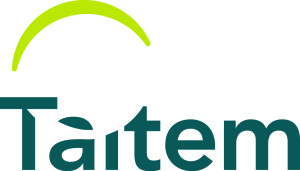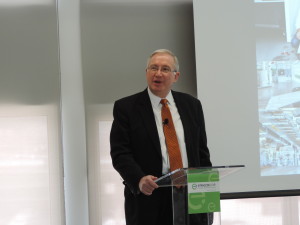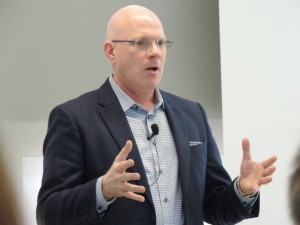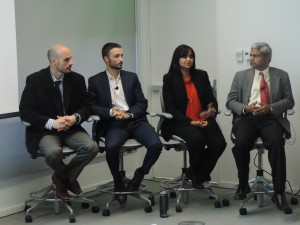Experts on the science and engineering of buildings will convene in Syracuse, NY in September 2018, for the 7th International Building Physics Conference (IBPC). This is the first time this conference is being held in the United States; it is coming to Syracuse based on the region’s strength in research, development and innovations related to indoor environmental quality and high-performance buildings. The conference is jointly organized by the Syracuse Center of Excellence in Environmental and Energy Systems (SyracuseCoE), Syracuse University’s College of Engineering and Computer Science, and the Syracuse University School of Architecture.
The theme of IBPC2018 is “Healthy, Intelligent, and Resilient Buildings and Urban Environments.” It will provide a forum for scientific, technological and design exchanges through multiple platforms:
1) Presentations of original research and development work and findings
2) Demonstrations and exhibitions of innovative green building technologies
3) Discussions of future challenges and opportunities
The IBPC attracts researchers, practitioners, architects, engineers, as well as faculty and students involved in building physics, who share the latest research results with the broader buildings community. The conference takes place every three years as part of the official international conference series of the International Association of Building Physics (IABP). The 7th IBPC builds on the success of the previous six conferences held at cities around the world, including Eindhoven, The Netherlands (2000); Leuven, Belgium (2003); Montreal, Canada (2006); Istanbul, Turkey (2009); Kyoto, Japan (2012); and Torino, Italy (2015).
“IBCP2018 will be the first time this international conference is being held in the United States. It provides an opportunity for more North American delegates to participate in this important international event” says Jensen Zhang, Chairman of IBC2018 and Professor of Mechanical and Aerospace Engineering, Syracuse University. “Syracuse University is honored to lead the program committee as the first American host for this transformative event in building physics. A multi-disciplinary team of faculty members from Syracuse University serves on the Technical Program Committee to lead the organization of the various Topic areas ranging from nano-scale materials to building and city scale energy and environmental systems.”
“Syracuse is the ideal location for IBPC’s inaugural US visit because Central New York’s industry cluster in environmental and energy systems has become an international leader with research strengths in high-performance building systems,” says Ed Bogucz, Executive Director of SyracuseCoE. “SyracuseCoE looks forward to welcoming colleagues from around the world who will share the latest advances in research and innovations for healthy and resilient buildings and urban environments.”
“Syracuse University’s College of Engineering and Computer Science is home to international leaders in research, development and demonstration of technologies that contribute to healthy, intelligent and resilient buildings,” says Teresa A. Dahlberg, Dean of the College. “IBPC2018 will bring together outstanding and accomplished thought leaders in indoor environmental quality and high-performance buildings, providing promising opportunities for future collaboration, innovation and entrepreneurship.”
“Architecture is a practice in transition, and Syracuse Architecture is evolving with it,” says Michael Speaks, Dean of Syracuse Architecture. “IBPC2018 will address crucial issues in architectural practice. Our new faculty have a strong focus on the research and design of high performance buildings, and there is tremendous opportunity for impactful international collaborations at this event.”
The conference, to be held September 23-28, 2018 at the Marriott Downtown Syracuse (formerly the Hotel Syracuse), will cover a wide range of research topics cutting across multiple scales of built environmental systems ranging from nano-material applications, to microenvironments around occupants, to rooms and whole buildings, and neighborhood and urban scales. The goal of the conference is to advance the collective understanding of the nature and behavior of the cyber-physical systems in these different scales, how they interact, and what can be done to optimize their design and operation for healthy, intelligent and resilient buildings and urban environments.
IBPC2018 Session Topics include:
- Building Materials, Assemblies, And Enclosure Systems
- Green Buildings, Green Roofs and the Urban Environment
- Intelligent Monitoring and Management Systems
- Human Factors: Occupant Perception, Behavior, and Impact on Building Performance
- Indoor Environmental Quality (Air, Thermal, Daylighting, Artificial Lighting, Acoustical, Visual)
- Environmental Control Equipment and Systems
- Modeling, Simulation and Design Processes
- Innovative Energy and Power Generation and Management
- Policy and Economics
- Mission Critical Environmental Systems
More information on the conference, including an overview of the program and specific subject examples for each Session Topic, is available at http://ibpc2018.org. Sponsorship opportunities for the conference are available, and inquiries may be directed to tlrosani@syr.edu.
About SyracuseCoE
SyracuseCoE is New York State’s Center of Excellence for Environmental and Energy Systems. Led by Syracuse University, SyracuseCoE engages faculty, students and collaborators to catalyze innovations that improve energy efficiency, environmental quality and resilience in healthy buildings and cleaner, greener communities. Visit centerofexcellence.syracuse.edu for more information.
About Syracuse University
Syracuse University is a private, co-educational, urban university dedicated to advancing knowledge and fostering student success through rigorous scholarship and transformative research. SU has a long legacy of excellence in the liberal arts and professional disciplines that prepares students to achieve personal and professional success and make a difference in the world.



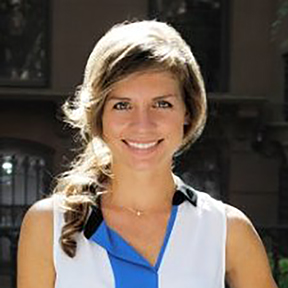

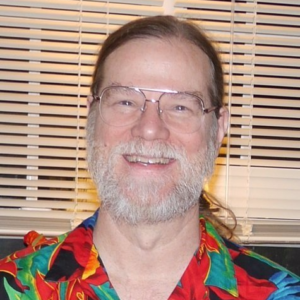


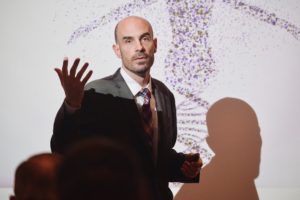
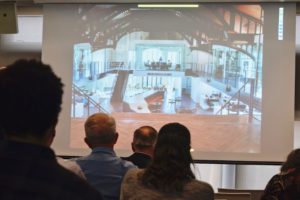
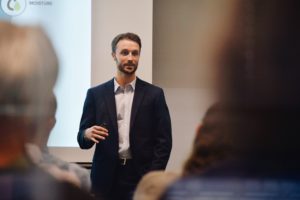
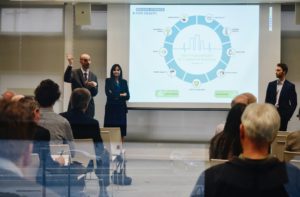
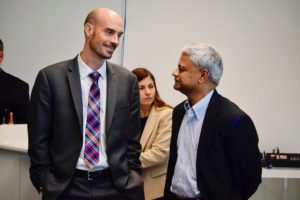
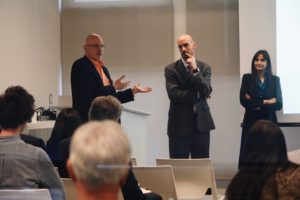
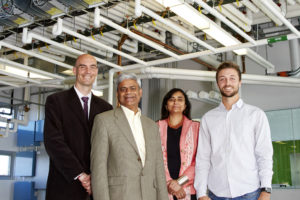
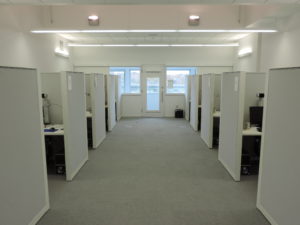
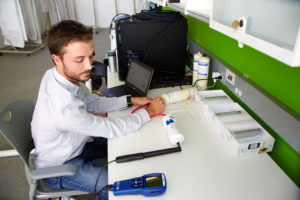



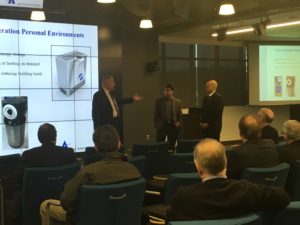
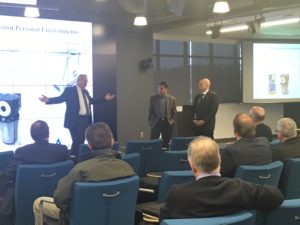
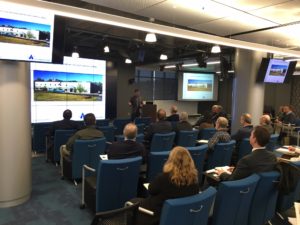
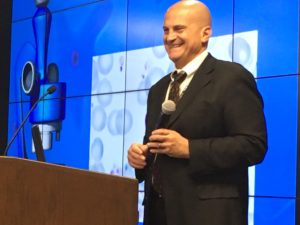
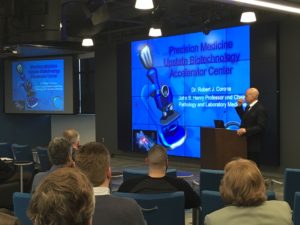
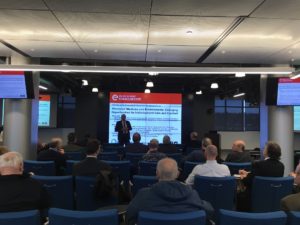
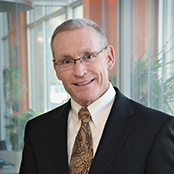
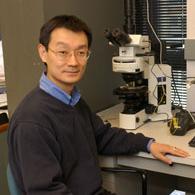


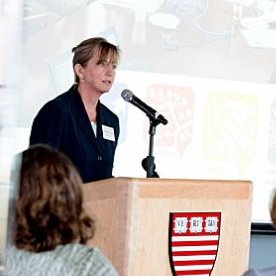

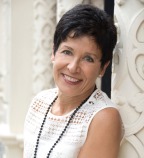
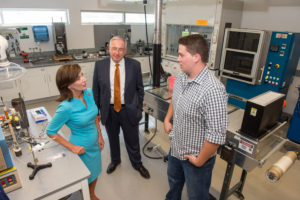
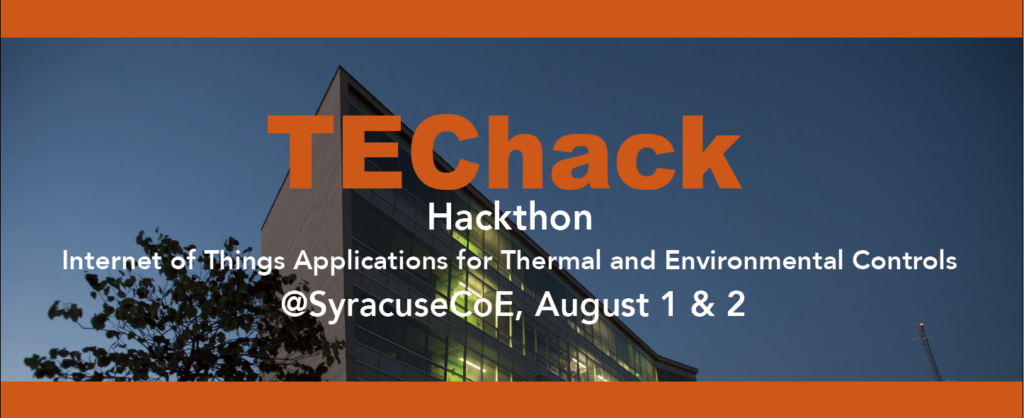
 Ian Shapiro
Ian Shapiro